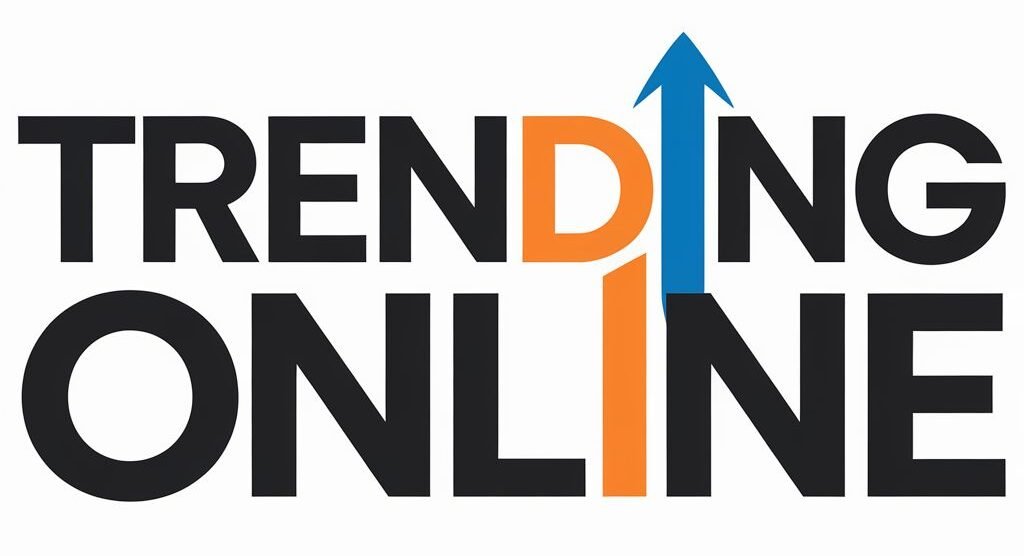Judge criticises medical experts for misleading evidence in child brain injury case
An acting judge had strong words for medical experts who concluded that a child – the victim of a car accident – had suffered brain injuries, simply by looking at pictures taken of the child after the accident.
A neurosurgeon told the Gauteng High Court that by looking at the pictures of the child – six years after the accident – he could see with his trained eye that the child had swelling on his head. This, in spite of a CT scan done immediately after the accident, proving that there was no brain injury. None of the hospital records also revealed a brain injury.
All the other experts who delivered reports regarding the child to the court mentioned the brain injury as it was contained in the neurosurgeon’s report. A neurologist also told the court that she concluded that the child had suffered a brain injury because the child’s mother, who had instituted the damages claim against the Road Accident Fund, told her so.
Acting Judge GD Moshoane noted that the child’s mother provided the pictures of the child to the neurosurgeon on the day of the assessment. Those pictures assisted the neurosurgeon to reach a conclusion that the injured child sustained a head injury on the day of the collision.
All the postulations of the other experts like the occupational therapist and the educational psychologist were premised on a conclusion that the child sustained a head injury with neurocognitive deficits.
“All these findings are premised on a wrong factual basis. Expert witnesses are there to assist a court with an opinion in areas where a court lacks competency. It is not the purpose of an expert witness to mislead a court,” the judge said.
He added that such a misleading constitutes serious professional misconduct. “This court is minded to refer its observations in this matter to the Health Professions Council of South Africa (HPCSA) for consideration whether a cause to investigate professional misconduct exists,” Judge Moshoane said.
He added that the Gauteng Division of the court battles almost daily with instances where what the court termed “a lucrative head injury is manufactured.” “It shall be a sad day in this country if a finding is made that professionals aid in the manufacturing of non-existing head injuries.”
The judge said the court uses the phrase lucrative head injury because out of head injury, irrespective of its seriousness, experts are able to conjure up a massive claim for loss of earning capacity, particularly where minor children are involved.
“An allegation that head injuries are involved is a pricey allegation,” the judge said. In finding no collaboration in the medical records of a head injury, except the pictures used by the experts to diagnose a brain injury “with a trained eye,” the judge turned down compensation for this specific category of injury.
zelda.venter@inl.co.za

